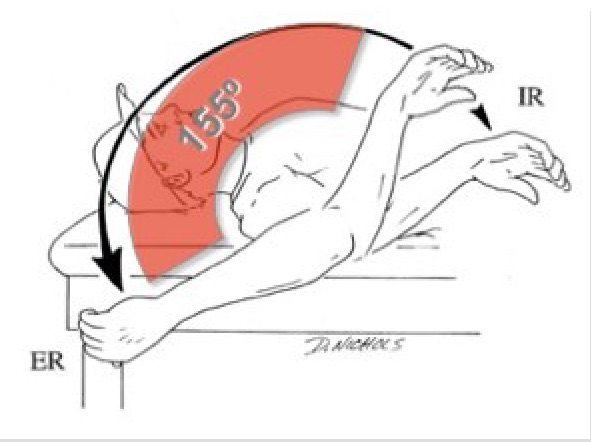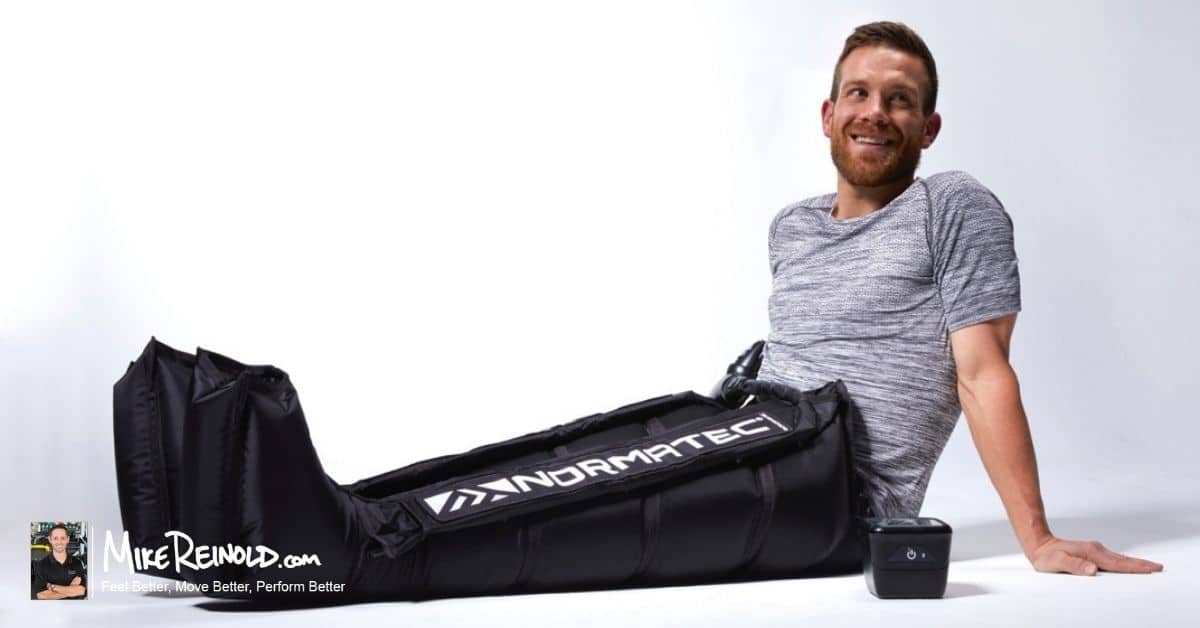Today’s guest post comes from Lenny Macrina, my good friend and co-owner of Champion PT and Performance. We work with a lot of baseball players at Champion, which makes us really understand one thing – baseball pitchers are unique! Many of our athletes come to us after going elsewhere for care but not making the progress they want. I don’t think we are special, we just see a lot of baseball injuries, so we know what to look for in these athletes.
Lenny does a great job here discussing a very common misconception about pitching injuries and GIRD. Honestly, GIRD is kind of outdated.
Lenny has conducted a ton of research on this topic and wanted to share his results. You MUST understand the science and not get caught up in all the hype on the internet! Read below and learn more!
Baseball pitchers tend to have unique amounts of mobility of their shoulders. Because of this, throwing generates tremendous forces on the shoulder. This is important to consider when evaluating and treating baseball injuries.
All of this fancy talk basically says that throwing a baseball is technically bad for your body, and many times we see baseball pitchers with hurt shoulders and elbows.
But why?
We believe there are many reasons, but as physical therapists who have to assess and treat these baseball players, we must be aware of their unique presentation and act accordingly.
It has been well established in the literature that pitchers exhibit adaptations to their shoulder mobility from the act of throwing. Generally, the thrower’s shoulder exhibits less internal rotation but greater external rotation compared to non-throwing side. There are many proposed reasons for these shoulder mobility changes, including bony adaptations, muscular tightness, shoulder blade position, and capsular restrictions.
This loss of internal rotation has received a lot of attention and has even been referred to as glenohumeral joint internal rotation deficit (GIRD).
Is GIRD really the reason why baseball pitchers get hurt?
Several authors have stated that GIRD may increase the risk of shoulder injuries in baseball pitchers. This has caused everyone to assume this and treat accordingly.
Our initial research, that we published in 2011, showed pitchers with GIRD had a 1.8 times increased risk of shoulder injury. But it was NOT statistically significant. Since then, we have published more data that shows similar trends, specifically in our paper looking at 8 consecutive seasons of injury data.
While pitchers with measured GIRD had a slightly higher rate of shoulder injury during that season, the relationship was not statistically significant and GIRD did not correlate with shoulder injuries.
Essentially, we have not shown that GIRD correlates to pitching injuries.
Total Motion May Be More of the Issue
Perhaps the issue really isn’t GIRD? A more important measurement to consider in the overhead thrower is total rotational range of motion. Total rotation is defined as the sum of external rotation and internal rotation.
Rather than look at internal rotation by itself, it may be more valuable to look at the combined total rotational motion of both external and internal rotation together.
In fact, we showed that pitchers with greater than a 5 degree deficit in total rotational range of motion displayed a greater risk of injury. In one study, this was a statistically significant 2.6 times increased risk of shoulder injury.
What About External Rotation and Shoulder Injuries?

Wow! At first you would think, let’s stretch these guys out and gain external rotation. But hold on one second and let’s get a grip!
If you remember our study from 2011, we showed a high preponderance for shoulder injuries especially in the pitchers whose total motion was greater than 187 degrees. You don’t want too little or too much motion!
So, as I always tell my students, athletes and fellow clinicians: We’re always walking a fine line between too much and not enough mobility.
What About Shoulder Flexion?
While internal and external rotation get all the exposure, shoulder flexion may actually be an area we see tight the most.
I think one interesting finding of our recent research has been the relationship between the shoulder flexion deficit and injury. Pitchers with a deficit of greater than or equal to 5° in shoulder flexion of the throwing shoulder had a 2.8 times greater risk for elbow injury.
The correlation between shoulder flexion deficit and elbow injury may represent a lack of tissue mobility and overall flexibility (possibly to the latissimus dorsi) in injury-prone subjects.
The baseball pitcher has a unique mobility of the arm. We need to be careful assuming that these abnormalities and asymmetries correlate to injury. They often do not.
The challenge is figuring this out and keeping up with the research…as it is always evolving! The more you work with baseball pitchers the more you appreciate these subtleties. These are the subtleties that make them unique, and effective as athletes.
So, what does all of this mean?
- Assess motion
- GIRD not necessarily bad (actually pretty normal)
- Lacking ER may increase risk of injury
- Total range of motion deficits increase risk of injury
- Shoulder flexion deficits increased elbow injury risks
- Assess and never assume!
GIRD is not as evil as everyone makes it out to be. Treating them unnecessarily and trying to gain internal rotation may actually make them worse. Don’t treat without thoroughly assessing, and don’t assume GIRD is the reason why baseball pitchers get injured.






